In today’s automotive landscape, fuel economy and cost-efficiency have become paramount considerations for drivers worldwide. With fluctuating fuel prices, increasing environmental awareness, and tighter budgets, understanding how much a vehicle costs to operate in terms of fuel is more important than ever.
Modern cars are increasingly equipped with sophisticated onboard computers designed to estimate and display fuel consumption and, often, the associated costs.
These fuel-cost calculators are intended to help drivers monitor their expenses, optimize driving behavior, and plan trips more effectively. However, the accuracy and usability of these calculators vary widely from one vehicle to another, influencing both driver experience and financial outcomes.
Fuel-cost calculators are essentially digital tools that gather data from various vehicle sensors—such as fuel flow meters, engine control units, and hybrid system monitors—and translate this data into real-time or average fuel consumption figures.
Some advanced systems go a step further by integrating current fuel prices, either through manual entry or connected services, to provide an estimate of fuel costs per mile or per trip.
The underlying goal is simple: to empower drivers with actionable information that can reduce fuel waste, improve mileage, and ultimately lower expenses. When accurate and user-friendly, these systems can significantly enhance the driving experience by making the often-abstract concept of fuel economy tangible and financially relevant.
However, despite the promise of these technologies, not all fuel-cost calculators live up to expectations. Many vehicles, especially those with complex powertrains or large engines, struggle to deliver precise and consistent fuel-cost data. Some systems offer overly optimistic readings, delayed updates, or confusing interfaces that can mislead drivers into underestimating their fuel expenses.
In some cases, calculators rely on outdated or manually entered fuel price data, further skewing cost estimates. Such inaccuracies can frustrate drivers, distort budgeting efforts, and even promote inefficient driving habits by masking the true financial impact of fuel consumption. Therefore, choosing a car with a reliable fuel-cost calculator is crucial for anyone aiming to manage fuel expenses effectively.
This article delves into two contrasting groups of vehicles based on their fuel-cost display performance. First, it highlights five cars that excel in providing accurate, user-friendly, and insightful fuel-cost calculators.
These models incorporate advanced sensor integration, real-time pricing updates, intuitive interfaces, and helpful driving feedback, making them invaluable tools for efficient driving and fuel budgeting.
On the other hand, the article also explores five cars notorious for their misleading fuel-cost displays. These vehicles often present inconsistent data, fail to adjust for real-world conditions, or burden drivers with confusing or outdated information.
Understanding the strengths and weaknesses of these systems can guide prospective buyers and current owners alike in selecting or using their vehicle’s fuel-cost calculators more effectively.
By examining these ten vehicles in detail, the article aims to shed light on the growing importance of fuel-cost technology in modern cars. It underscores how these tools, when designed well, contribute not only to individual savings but also to broader environmental benefits by encouraging fuel-efficient driving habits.
Conversely, it also warns of the pitfalls of relying on inaccurate or poorly designed systems, which can undermine these benefits and complicate the driver’s financial planning.
Whether you are a daily commuter, a long-distance traveler, or a budget-conscious driver, understanding how different cars handle fuel-cost calculation can make a substantial difference in your overall driving satisfaction and financial health.
In the sections that follow, we will explore each of these vehicles in depth, discussing what makes the best fuel-cost calculators stand out and why some displays can be misleading.
This comprehensive overview provides a practical guide to navigating the complexities of fuel-cost technology in today’s cars and helps readers make informed decisions that align with their needs and expectations.
Also Read: 5 Cars With the Lowest Cabin Carbon Footprints and 5 Using Harsh Materials
5 Cars with the Best Fuel-Cost Calculators
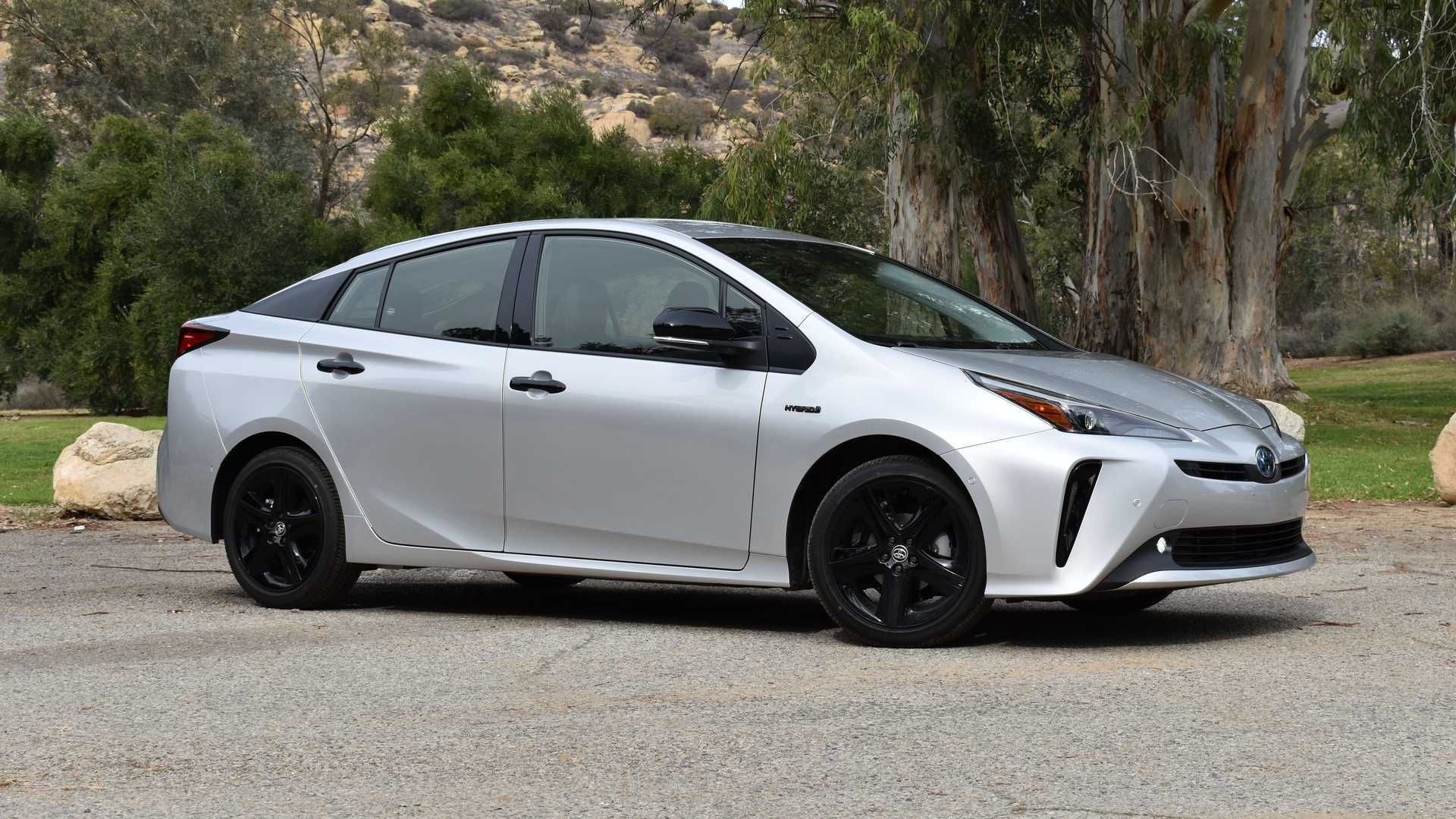
1. Toyota Prius
The Toyota Prius has become synonymous with hybrid technology and fuel efficiency, and its fuel-cost calculator system is a major reason why it remains a top choice for eco-conscious drivers. Unlike basic trip computers that only show simple fuel economy numbers, the Prius offers a multi-faceted approach.
The fuel-cost calculator integrates live data from the hybrid system, including electric battery usage, gasoline engine performance, and regenerative braking. This data fusion results in accurate and nuanced real-time fuel consumption metrics that adapt as the vehicle shifts between electric and gas power.
One of the most impressive features of the Prius’s system is its ability to educate drivers. The calculator is paired with a driver coaching interface that highlights how specific driving behaviors—such as smooth acceleration, steady cruising, and minimizing braking—can improve fuel economy.
By presenting this information visually, with intuitive graphics and color-coded efficiency bars, the Prius empowers drivers to develop more fuel-conscious habits without needing to interpret complicated data themselves. This coaching function transforms the fuel-cost calculator from a passive tool into an interactive driver assistant.
Moreover, the system incorporates fuel price inputs, either manually or through connected services, allowing the Prius to estimate not just gallons per mile but also dollar cost per mile and projected fuel expenses for upcoming trips.
This budgeting feature adds a practical layer that helps drivers plan their expenses with greater confidence, especially during long drives or when fuel prices are volatile. It can also alert users when their fuel cost per mile deviates significantly from averages, prompting them to adjust driving styles or maintenance schedules.
Finally, Toyota’s commitment to continuous improvement shines through the Prius’s fuel-cost calculator. Regular software updates refine the system’s algorithms and user interface, incorporating user feedback and adapting to new fuel formulations or changing driving patterns.
The result is a fuel-cost calculator that remains reliable, informative, and relevant across different generations of Prius models, solidifying its reputation as one of the best on the market.
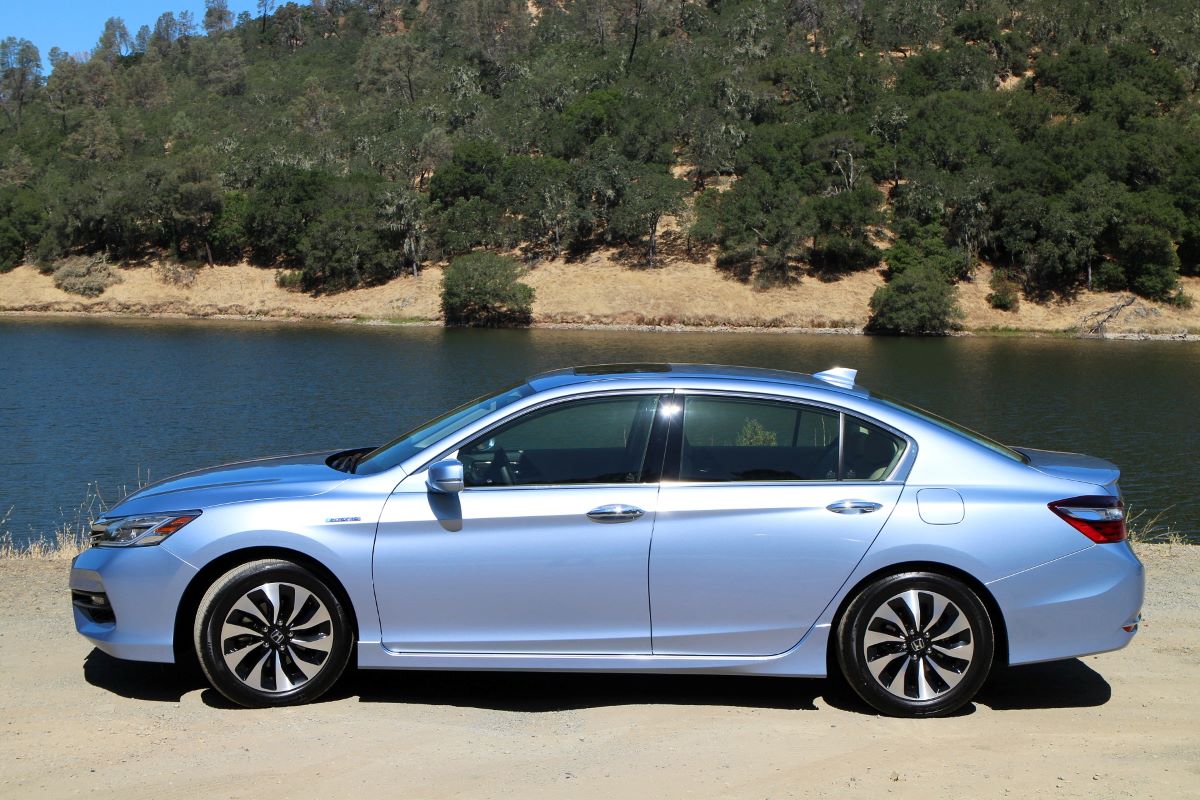
2. Honda Accord Hybrid
The Honda Accord Hybrid combines style and performance with an advanced fuel-cost calculator that stands out for its accuracy and user-centric design.
This system leverages data from the vehicle’s hybrid powertrain and integrates multiple sensors tracking fuel injection, electric motor output, and driving conditions to produce detailed fuel consumption estimates. The calculator’s ability to differentiate between city and highway driving patterns allows it to generate cost projections that are both realistic and actionable.
An important aspect of the Accord’s fuel-cost calculator is its adaptability to external variables. By incorporating factors such as ambient temperature, road incline, and traffic density, the system fine-tunes its estimates to reflect real-world conditions rather than static averages.
This responsiveness helps prevent common pitfalls like overestimating efficiency during stop-and-go traffic or uphill climbs, which can often skew other vehicles’ fuel-cost displays.
In terms of presentation, the Accord Hybrid excels with a customizable interface. Drivers can choose to view instantaneous fuel economy, average cost per mile, or total trip fuel expenses, switching between these metrics effortlessly.
The display uses clear, concise graphics and straightforward language, avoiding technical jargon that might confuse less experienced users. This design ensures that the fuel-cost calculator serves not only as a monitoring tool but also as an educational device, helping drivers understand the direct financial impact of their habits.
Beyond the vehicle itself, the Accord Hybrid’s fuel-cost calculator benefits from seamless smartphone integration. Using dedicated apps, drivers can sync their fuel data for long-term tracking and analysis, setting personal goals for fuel savings or comparing costs over multiple trips.
This ecosystem approach enhances the utility of the onboard calculator, connecting it to broader budgeting and eco-driving strategies and encouraging consistent efficiency improvements.
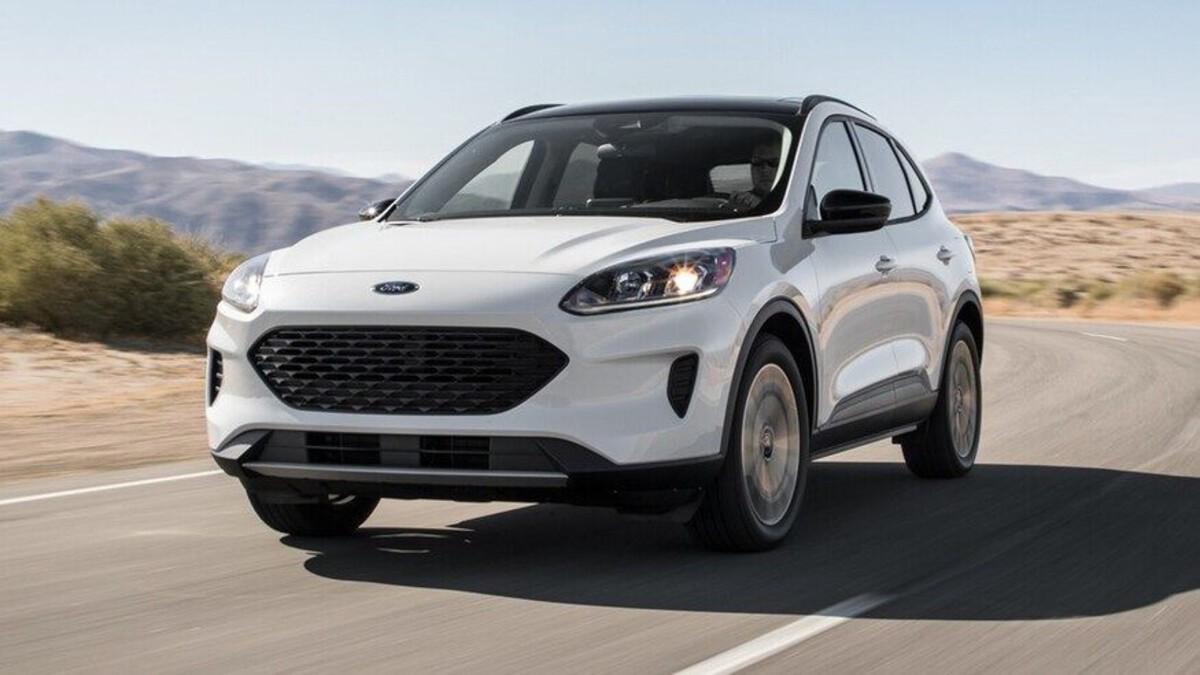
3. Ford Escape Hybrid
Ford’s Escape Hybrid offers a fuel-cost calculator that is both technologically advanced and highly practical for everyday use. It distinguishes itself by combining onboard data collection with cloud-based updates, ensuring that fuel price information is current and relevant to the driver’s location.
This dynamic pricing integration helps provide cost projections that are not only accurate but also timely, addressing a common shortfall in many fuel-cost calculators that rely on static or manually entered fuel prices.
The Escape Hybrid’s system also features real-time driving feedback that goes beyond raw numbers. As the driver navigates different environments—whether urban, highway, or rural—the fuel-cost calculator analyzes patterns like acceleration, braking, and idle times.
It then offers personalized tips to reduce fuel consumption, such as suggesting a gentler throttle or more consistent speed. This feedback loop is a key advantage for drivers who want to improve efficiency but lack technical knowledge or time to analyze detailed data.
In terms of usability, Ford’s display is designed to minimize distraction while providing comprehensive information. The interface uses large fonts, color-coded icons, and simple toggles to let drivers quickly switch between viewing instantaneous MPG, average cost per mile, or total trip expenses.
This flexibility ensures the calculator remains relevant whether the user is on a short daily commute or a long road trip requiring detailed budgeting. Lastly, Ford’s commitment to continuous improvement is evident in how it updates the fuel-cost calculator software.
Based on user feedback and telematics data, the company refines the algorithms and UI regularly, ensuring that the system remains accurate as fuel markets fluctuate and driving patterns evolve. This dedication positions the Escape Hybrid as one of the most reliable and driver-friendly vehicles when it comes to understanding fuel costs.

4. Tesla Model 3 (Energy Consumption Display)
While electric vehicles do not consume traditional fuel, the Tesla Model 3’s energy consumption display deserves mention as a leader in cost transparency for EVs. The system calculates energy use in kilowatt-hours per mile and translates this into estimated electricity costs based on local utility rates.
This feature enables drivers to monitor “fuel” consumption in financial terms, making it easier to compare EV costs with gasoline-powered vehicles and budget accordingly.
Tesla’s energy consumption calculator is sophisticated in that it draws data from multiple sources, including battery health, motor efficiency, route elevation, and outside temperature.
These inputs enable the system to adjust its projections dynamically, reflecting how factors such as uphill driving or cold weather affect energy usage. The result is a highly accurate representation of cost that helps drivers plan trips and charging stops with confidence.
The interface is another standout feature. Tesla’s large touchscreen offers interactive charts that allow users to drill down into trip details, compare different driving modes, and simulate the cost impact of various route options.
The system’s ability to display historical energy consumption trends over days or weeks provides valuable insights into long-term driving habits, encouraging more efficient and cost-conscious behavior.
Finally, Tesla’s over-the-air updates continually improve the energy consumption display’s precision and usability. As the company refines its battery management and vehicle software, these improvements are pushed directly to users, ensuring that the fuel-cost equivalent calculator evolves with the vehicle. This innovative approach to cost transparency sets the Model 3 apart as a benchmark for electric vehicle efficiency monitoring.
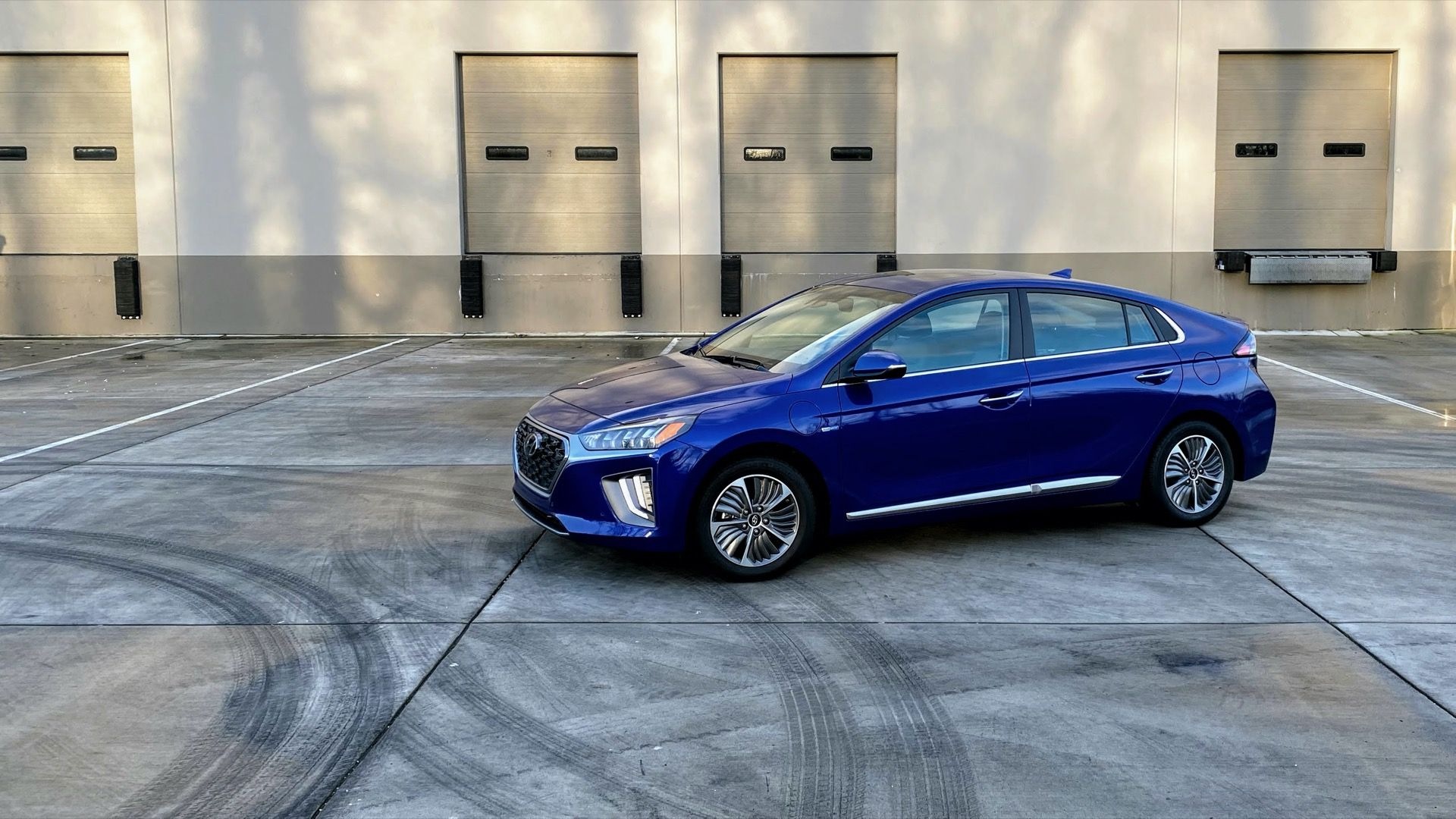
5. Hyundai Ioniq Hybrid
The Hyundai Ioniq Hybrid offers one of the most user-friendly and dependable fuel-cost calculators among hybrids. Its system collects detailed data on fuel flow, electric motor assistance, regenerative braking, and driving conditions to deliver accurate real-time fuel economy and cost estimates.
Hyundai focuses on making this information accessible to all drivers, regardless of technical proficiency, by using simple language and clear graphics in the display. A key feature of the Ioniq’s fuel-cost calculator is its cost projection tool.
It allows drivers to input local fuel prices manually or update them via connected services, enabling tailored and up-to-date estimates of trip expenses. This feature is particularly useful in regions where fuel prices fluctuate frequently, helping drivers avoid surprises at the pump by planning trips around expected costs.
The calculator also incorporates eco-driving feedback. It highlights when regenerative braking contributes to fuel savings and provides prompts when inefficient behaviors, such as hard acceleration, occur. This interactive aspect helps drivers see a direct correlation between their driving style and fuel costs, encouraging habits that maximize hybrid efficiency.
Lastly, the Hyundai Ioniq’s fuel-cost calculator is praised for its consistency and reliability. Unlike systems that fluctuate wildly due to sensor errors or software glitches, the Ioniq offers stable and repeatable data that drivers can trust for budgeting and efficiency improvements. This stability, combined with a clean, easy-to-understand interface, makes the Ioniq a standout in the hybrid fuel-cost calculator landscape.
5 Cars with Misleading Fuel-Cost Displays
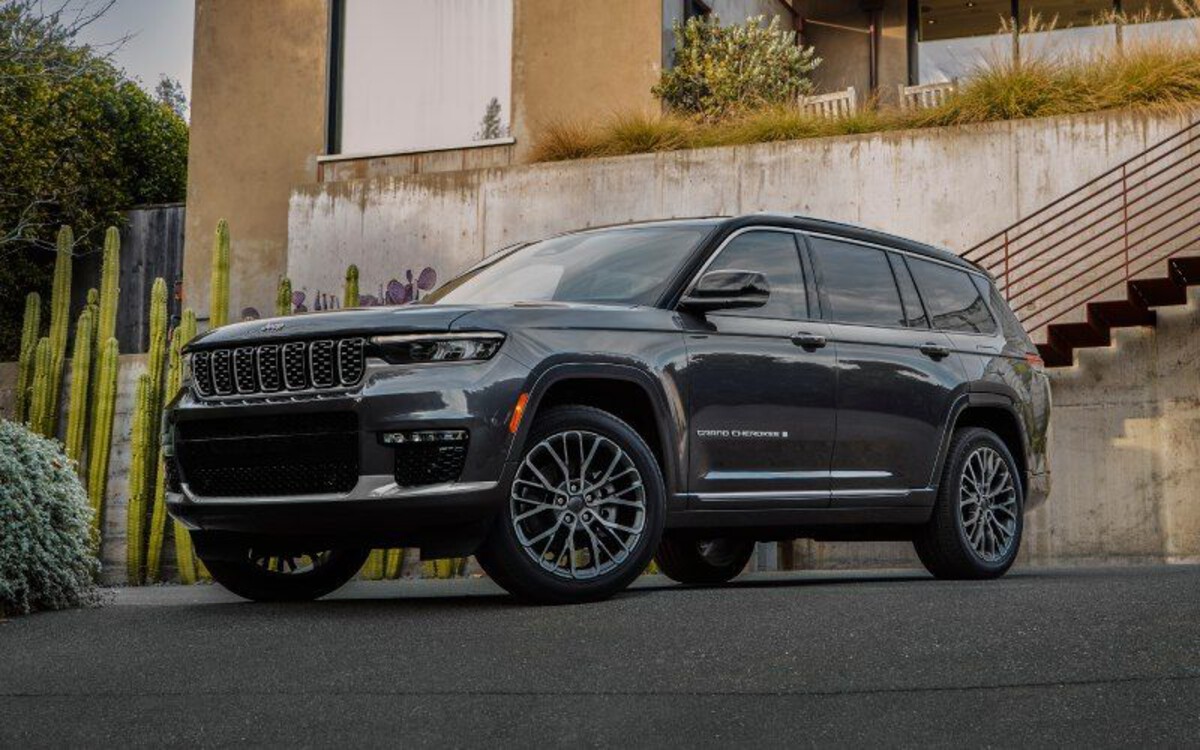
1. Jeep Grand Cherokee
The Jeep Grand Cherokee, while renowned for its rugged off-road capabilities and powerful engines, unfortunately scores low when it comes to fuel-cost display accuracy.
One of the biggest challenges with its onboard fuel-cost calculator is its tendency to overestimate fuel efficiency during mixed driving conditions. This issue primarily stems from its large V6 and V8 engines, whose fuel consumption patterns are highly variable depending on terrain, load, and driving style—factors that the vehicle’s calculator often fails to fully account for.
The display frequently shows optimistic miles-per-gallon (MPG) numbers during initial trips after refueling, which can mislead drivers into believing their fuel economy is better than reality. This optimism can encourage more aggressive driving or longer trips under the false assumption of lower fuel costs, often leading to unexpected expenses at the pump. The inconsistency is exacerbated when driving off-road or towing, as the calculator rarely adjusts for the increased fuel demand caused by these activities.
Another factor contributing to the misleading nature of the Grand Cherokee’s fuel-cost display is the lack of integration with current fuel prices.
The system requires manual input of fuel cost data, and many users neglect this step, causing the calculator to rely on outdated or generic price estimates. This results in skewed cost-per-mile figures that fail to reflect true expenses, frustrating drivers who attempt to budget accurately.
Furthermore, the user interface itself is not intuitive. Many drivers report difficulty interpreting the data due to cluttered screens and ambiguous terms. The fuel economy feedback is often buried beneath menus rather than presented upfront, reducing its effectiveness as a real-time driver aid.
In summary, while the Grand Cherokee excels in performance and versatility, its fuel-cost display leaves much to be desired, often misleading drivers and complicating fuel budgeting.
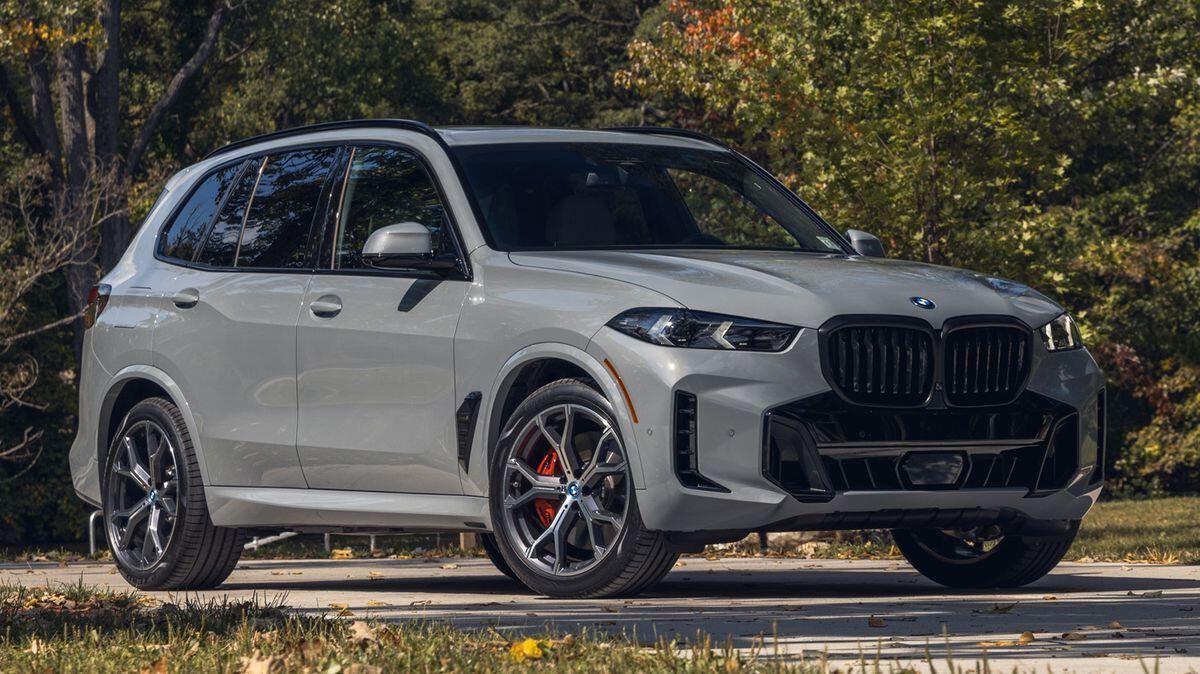
2. BMW X5
The BMW X5, a luxury SUV with a reputation for performance and style, surprisingly falls short when it comes to accurate fuel-cost displays. Its onboard fuel-cost calculator frequently displays figures that do not correlate well with actual fuel consumption experienced by drivers.
The main culprit lies in its complex engine management system and the variability of its turbocharged engines, which create fluctuations in fuel usage that the calculator struggles to accurately track in real time.
A common complaint among X5 owners is that the fuel-cost calculator tends to lag in updating instantaneous fuel economy, showing delayed or averaged data that doesn’t reflect sudden changes such as rapid acceleration or city traffic idling.
This delay misleads drivers into believing their fuel economy is steadier and more economical than it truly is, thereby distorting cost assessments. For drivers attempting to economize, this can lead to inefficient driving patterns or surprises when refueling.
Moreover, the BMW X5’s fuel-cost display does not automatically adjust for regional fuel price differences or varying octane ratings, which can have a substantial impact on actual fuel expenses.
Drivers must manually input their fuel cost, and even then, the system’s cost calculations are prone to rounding errors and inconsistent updates. This oversight diminishes the usefulness of the fuel-cost calculator for budget-conscious drivers who rely on precise data.
The user interface, while sleek and modern, prioritizes aesthetics over clarity. Essential fuel-cost metrics are often presented in a visually complex manner, which can overwhelm users who seek quick and clear information.
Additionally, the X5’s fuel economy data is sometimes combined with other performance metrics, making it harder for drivers to isolate fuel costs. As a result, despite its advanced technology and premium status, the BMW X5’s fuel-cost display can be misleading and unreliable for those monitoring their fuel spending closely.
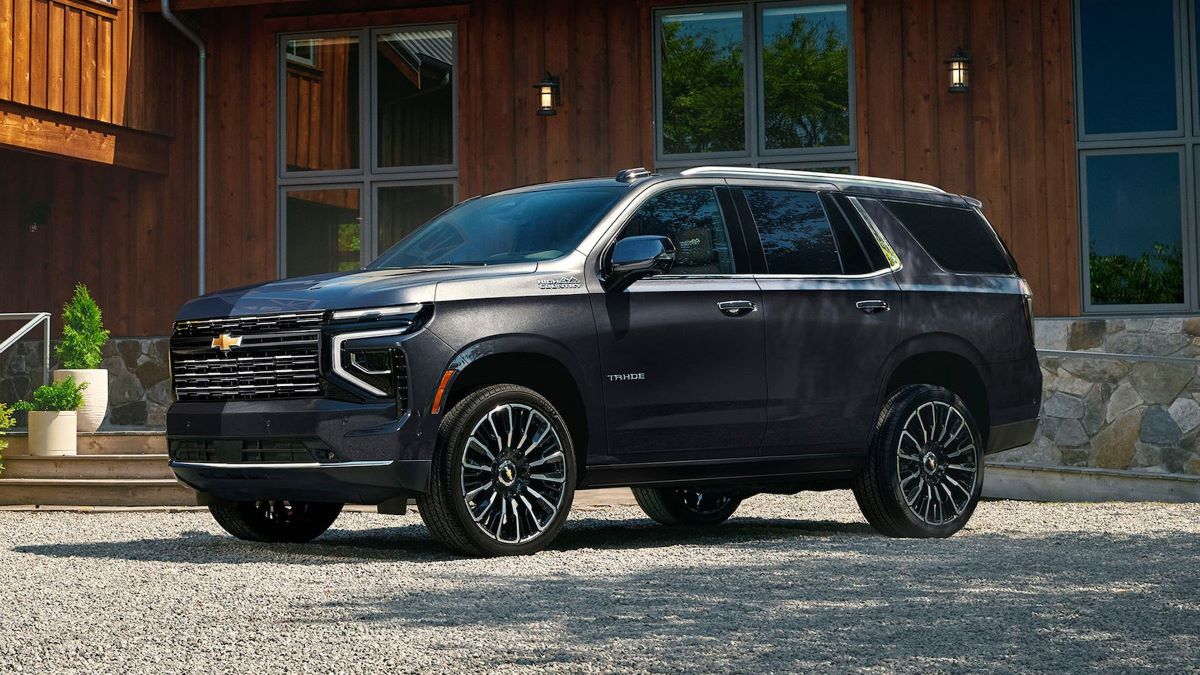
3. Chevrolet Tahoe
The Chevrolet Tahoe, a full-size SUV popular for its towing capacity and spaciousness, struggles with delivering accurate and trustworthy fuel-cost information.
The Tahoe’s fuel-cost calculator tends to produce figures that do not align with real-world fuel consumption, especially during city driving and towing scenarios. This discrepancy is largely due to the vehicle’s heavy weight and large engine options, which cause significant variations in fuel economy that the calculator does not adequately accommodate.
One of the most glaring issues is that the Tahoe’s display often reports better fuel efficiency shortly after a reset or refuel, creating an initial false impression of low fuel costs.
However, as the vehicle is driven, especially under load or in stop-and-go traffic, the calculator fails to adjust quickly enough, leaving the driver with outdated or inaccurate cost estimates. This lag can lead to budgeting errors, especially for drivers relying on the calculator for trip planning or monthly fuel expenses.
Another problem arises from the fuel-cost calculator’s simplistic approach to fuel price input. It relies heavily on manual entry, which many drivers overlook or forget to update.
Without accurate fuel price data, the calculator defaults to preset or averaged figures that do not reflect regional or temporal price fluctuations. The result is a mismatch between displayed and actual fuel costs, diminishing the calculator’s practical value.
Additionally, the user experience is hindered by a cluttered and non-intuitive interface. Fuel economy and cost information are often displayed alongside unrelated trip statistics, which can confuse users.
The lack of clear visual cues or alerts regarding sudden changes in fuel consumption further reduces the effectiveness of the Tahoe’s fuel-cost display, making it a frustrating tool for those who prioritize fuel budgeting.

4. Nissan Pathfinder
The Nissan Pathfinder, a midsize SUV aimed at families and outdoor enthusiasts, also faces criticism for its misleading fuel-cost display system. The onboard calculator frequently reports optimistic fuel economy figures that do not align with real-world driving experiences, particularly in mixed urban and highway conditions.
This overestimation stems from the vehicle’s engine calibration and transmission behavior, which the calculator’s algorithms do not fully incorporate. Drivers often notice that the Pathfinder’s instantaneous fuel economy readings show unusually high MPG values during steady cruising but fail to adjust downward quickly when accelerating or climbing hills.
This lag causes a distorted average fuel-cost estimate that can misinform drivers about their actual expenses, potentially encouraging more aggressive driving habits under the false belief of sustained fuel efficiency.
Furthermore, the Pathfinder’s fuel-cost calculator does not automatically factor in changing fuel prices or offer integration with mobile apps that could provide real-time updates.
The necessity for manual input of fuel costs means that many drivers either neglect this step or input outdated data, leading to inaccurate cost-per-mile calculations. This lack of dynamic pricing reduces the calculator’s practical utility for users aiming to track or reduce fuel expenses accurately.
The interface design also contributes to the misleading nature of the system. Information on fuel economy and cost is sometimes buried within menus, making it difficult for drivers to access at a glance.
Alerts or warnings related to fuel consumption spikes are minimal or absent, leaving drivers unaware of inefficiencies until after the fact. Consequently, while the Pathfinder performs competently on the road, its fuel-cost display falls short of delivering dependable and actionable fuel expense insights.
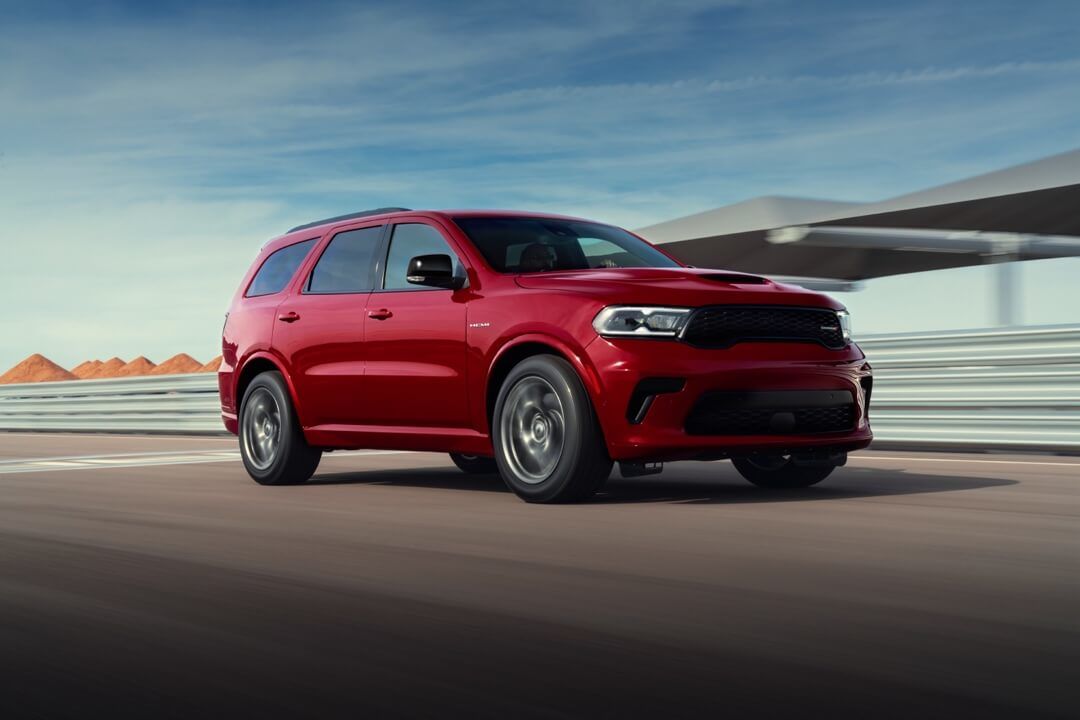
5. Dodge Durango
The Dodge Durango, known for its muscular performance and towing prowess, is yet another vehicle with a fuel-cost display system that can mislead drivers. The onboard calculator often overestimates fuel economy during highway driving, presenting overly optimistic fuel cost savings that do not materialize in real fuel expenses.
This discrepancy largely arises from the Durango’s powerful V6 and V8 engines and their variable fuel consumption patterns that the calculator’s algorithms struggle to model accurately.
Many drivers report that the Durango’s fuel-cost calculator provides inconsistent updates, with the instantaneous fuel economy figure fluctuating widely even during steady driving conditions.
This volatility makes it challenging to derive meaningful cost estimates, especially when planning trips or monitoring monthly fuel budgets. The inconsistency also risks encouraging inefficient driving by masking the true impact of aggressive acceleration or heavy loads.
Additionally, the fuel-cost display relies heavily on manual input of fuel prices, and there is no built-in mechanism to update these prices automatically based on location or recent fuel market trends.
Without accurate fuel price data, cost-per-mile figures become guesswork, limiting the calculator’s usefulness for budget-conscious drivers. This manual dependence increases the risk of errors and diminishes the display’s credibility.
Finally, the user interface on the Durango is criticized for its complexity and poor readability. Essential fuel cost information is sometimes buried under layers of menus or mixed with unrelated trip information, reducing its visibility and accessibility.
The lack of clear, actionable feedback related to fuel cost spikes or driving efficiency further reduces the effectiveness of the system. Overall, while the Durango delivers robust performance, its fuel-cost display is one of the least reliable among vehicles in its class.
Also Read: 5 Hybrids With Most Engine-Off Coasting and 5 With Engine Noise
As the automotive industry continues to evolve, the role of fuel-cost calculators in shaping the driving experience cannot be overstated. These digital assistants have become essential tools for drivers who seek to monitor and manage their fuel expenses efficiently, especially amid rising fuel prices and growing environmental concerns.
The vehicles examined in this article reveal a clear dichotomy between those that have embraced this technology with precision and user-friendliness and those whose systems fall short in delivering reliable information.
The five cars with the best fuel-cost calculators—such as the Toyota Prius, Honda Accord Hybrid, Ford Escape Hybrid, Tesla Model 3, and Hyundai Ioniq Hybrid—demonstrate how advanced sensor integration, real-time fuel price updates, and thoughtful user interfaces can transform fuel economy data into a powerful, actionable resource.
These vehicles not only provide accurate consumption and cost figures but also educate and guide drivers toward more efficient habits. This dual function of information and motivation elevates the fuel-cost calculator from a mere readout to a comprehensive efficiency management system.
Drivers of these vehicles benefit from transparency, enabling them to budget fuel expenses more accurately and reduce their environmental footprint simultaneously.
Conversely, the five vehicles with misleading fuel-cost displays—such as the Jeep Grand Cherokee, BMW X5, Chevrolet Tahoe, Nissan Pathfinder, and Dodge Durango—highlight the challenges and pitfalls of imperfect fuel-cost technology. These systems often struggle to keep pace with the complex fuel consumption patterns of large engines, heavy vehicles, or varied driving conditions.
Their displays can offer overly optimistic figures, lag in updating data, or require cumbersome manual input of fuel prices, leading to skewed or outdated cost information.
The confusing or cluttered interfaces further detract from their utility, leaving drivers without clear or reliable guidance. For those who rely heavily on these displays for financial planning, the result can be frustration, miscalculation, and ultimately higher fuel costs.
This contrast underscores the importance of choosing a vehicle with a well-designed fuel-cost calculator or supplementing less reliable systems with external tools such as smartphone apps or manual logs. It also highlights an ongoing need for automakers to refine their algorithms, enhance sensor accuracy, and prioritize user-friendly design to meet drivers’ growing expectations.
As technology advances, we can anticipate more vehicles adopting intelligent, adaptive fuel-cost calculators that incorporate real-time data, learning algorithms, and predictive analytics to offer even greater accuracy and personalized insights.
For consumers, awareness is key. Understanding how their vehicle’s fuel-cost display works—and its limitations—can empower drivers to interpret the data critically and avoid being misled by inaccurate numbers.
Using these tools alongside common sense, such as cross-referencing with actual fuel receipts and adjusting driving habits based on real-world feedback, can maximize the benefits of onboard fuel-cost calculators. This balanced approach helps drivers maintain control over their fuel budgets while promoting safer, more economical driving.
In summary, fuel-cost calculators represent a valuable intersection of technology, finance, and environmental stewardship in modern vehicles. When implemented effectively, they enhance transparency, promote fuel efficiency, and support smarter spending. When flawed or misleading, they risk obscuring true costs and undermining these benefits.
By highlighting both the best and worst examples currently on the market, this article aims to guide drivers toward more informed choices and greater satisfaction in managing their vehicle fuel expenses.
As fuel economy continues to be a critical factor in automotive decision-making, the role of these digital tools will only grow, making their accuracy and usability a vital part of the overall driving experience.

